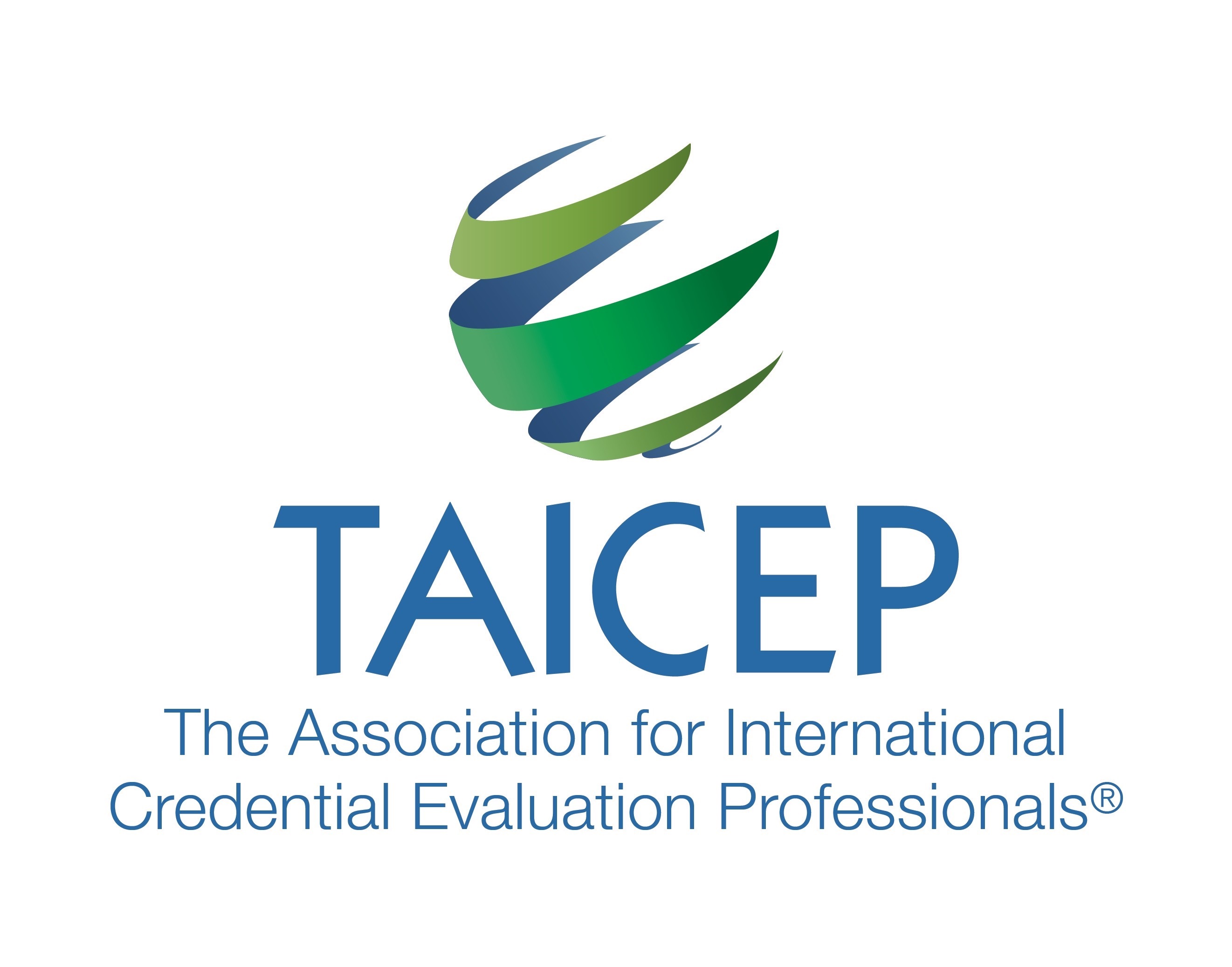Written by Emily Tse, International Education Research Foundation
Credential evaluation professionals help facilitate international mobility through the review and recognition of qualifications from other countries. While there are common objectives and approaches, it is possible to have evaluation outcomes differ. For example, although similar criteria are used (e.g., accreditation, minimum entrance requirements, length and purpose of program, etc.), the emphasis and interpretations can differ among assessment agencies located within one country, as in the US, and even among those found among the members of the Bologna Process, most of whom have ratified the Lisbon Recognition Convention (LRC) and subscribe to its principles. Naturally, the context in which the review is being performed also impacts the outcome, such as differences in the educational systems that form the basis of comparison, the role of the office preparing the credential evaluation, and the purpose of the review itself.
In most countries, the work of recognizing foreign credentials falls on one centralized office, oftentimes as an arm of the government or, at the very least, as an office appointed by the government to do so. While individual schools and professional licensing boards may make their own final determinations, this centralized office is responsible for issuing any recognition statements to be used for broader purposes, including employment in non-regulated fields. In Europe, these offices are commonly known as ENIC-NARIC offices, referring to the European Network of Information Centres and the National Academic Recognition Information Centres, respectively. Most ENIC-NARIC offices issue evaluations in an advisory capacity, but there are a few that issue legally binding recognition decisions.
In the United States and Canada, however, there is no government authorization or regulation with regard to credentials evaluation work. Estimates of evaluation offices range from 100 – 300 in the US. All statements and evaluation reports are non-binding. Instead, they serve as recommendations only. The services offered by these offices can vary as well, with many specializing in certain types of evaluations, such as for engineering licensure or for immigration only. The final determination, as to the acceptance and/or placement of a candidate, falls on the institutional recipient of the report. While there is not one centralized office in Canada either, there are six credential assessment agencies that are regarded as recognized and which are members of the Alliance of Credential Evaluation Services of Canada.
In addition to differences in how evaluation offices are organized, there are also variances among receiving countries in how they view and recognize a qualification. For example, the three-year bachelor’s degree is often treated differently, despite representing a first university degree within the native educational system to which it belongs. In the US, bachelor’s degrees are four years in length. When the overseas three-year bachelor’s degrees do not follow the British A Levels or a similar qualification for which university-level credit is given, they are often regarded by US credentials evaluators as comparable to completion of three years of university study, without the recognition of a degree. It is possible to find a small number of evaluation agencies recommending a US bachelor’s degree equivalency. However, on the whole, credentials evaluators follow the principle of having to show 120 semester credits, when recommending the equivalent of a US bachelor’s degree. Unfortunately, for better or worse, credits are based on hours of instruction and 120 semester credits represents four years of university study.
Americans, to no surprise, can appear to evaluation professionals in other countries to be “bean-counting” and narrowly focused on time as a measurement of learning. The inextricable prevalence of credits can be traced to the late 1800s as they form the basis of education administration in the US, including the facilitation of transfer credit between institutions, the measurement of progress toward degree completion, budgeting and funding including tuition and faculty salaries, and the determination of a graduate for eligibility for licensure within a specific profession.
In addition to “counting” the number of years, however, differences in secondary-level / high school education are also taken into consideration, among other criteria (e.g., A Levels). It is also to be noted that there is flexibility in the acceptance of three-year degree holders among US colleges and universities. Additionally, admissions decisions are often holistically based. In fact, the American admissions process often includes such factors as personal statements, extra-curricular interests, and letters of recommendation from instructors, with the university looking at how the candidate can add to its student body. Initiatives are also taking place in the US to examine learning outcomes and placing greater emphasis on them. Examples include Tuning Project USA and efforts made by the Lumina Foundation.
In contrast, European nations, on the whole, are committed to accepting three-year bachelor’s degrees that have been awarded by the countries within the European Higher Education Area (EHEA) as equivalent to their own. In accordance with the principles of the LRC, the focus of the evaluation process is one on the comparability of learning outcomes, and foreign degrees are recognized unless substantial differences can be shown. As part of the Bologna Process, the majority of the signatory countries have adopted three-year university degrees into their educational systems. Canada, as well, has three and four-year bachelor’s degrees in its own system. This shared commonality eases the comparisons and credential assessments for three-year degree holders.
It is interesting to note, however, that differences do exist in the way “Bologna” countries evaluate three-year degrees from outside the EHEA. As an example, when presented with a three-year degree from India, Nuffic, the central assessment office for the Netherlands, may deem it comparable to a Dutch bachelor’s. However, NOKUT, the Norwegian Agency for Quality Assurance in Education, recommends comparing the three-year degree to completion of two years of university study only. Viewing its secondary education system differently, NOKUT regards the first of the three years as the entry point to higher education in Norway instead.
So while there is a general framework for credential evaluation, we will no doubt find more nuanced differences as well as shared similarities, as these discussions continue. Whatever the case may be, it is important for us to look outward and have dialogue with our professional counterparts across the globe. In this way, we can learn from each other and, in turn, be more informed in what we do as agents of mobility.
This article is based on the 2015 and 2016 TAICEP conference sessions co-presented with Kate Freeman (SpanTran), Wendy Loat (ICAS of Canada), Rolf Lofstad (NOKUT), and Jessica Stannard (Nuffic).
See more from this Edition:
President’s Message: July 2017 Edition
Turkish Higher Education: July 2017 Edition
Turkish Council of Higher Education: July 2017 Edition
Building a Resource Library, Part II: July 2017 Edition
TAICEP News and Updates: July 2017 Edition
Sample Russian Credentials: July 2017 Edition
Add to your Library: July 2017 Edition
Opinion: Theological Schools / Bible Colleges July 2017 Edition
Industry Information, News Articles and Journals and Publications: July 2017 Edition
Foreign High School Credentials – A Very Basic Overview: July 2017 Edition
In Memoriam: Drew Feder July 2017 Edition
2017 Conference: July 2017 Edition
Conference and Organizational Sponsors: July 2017 Edition


